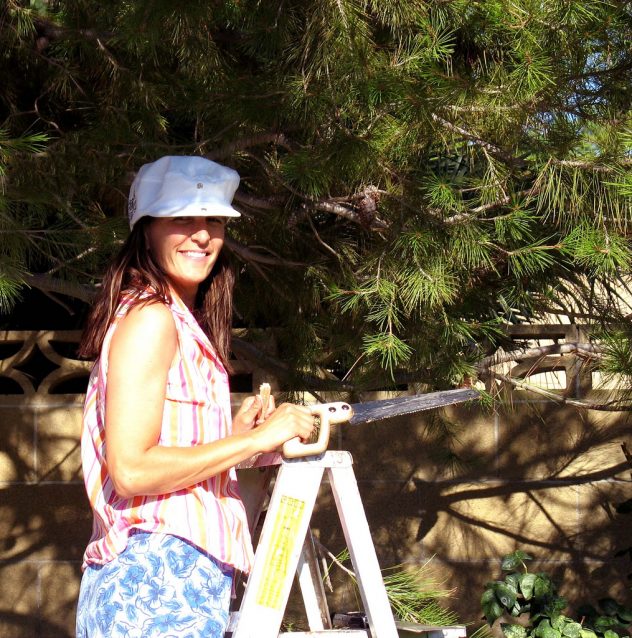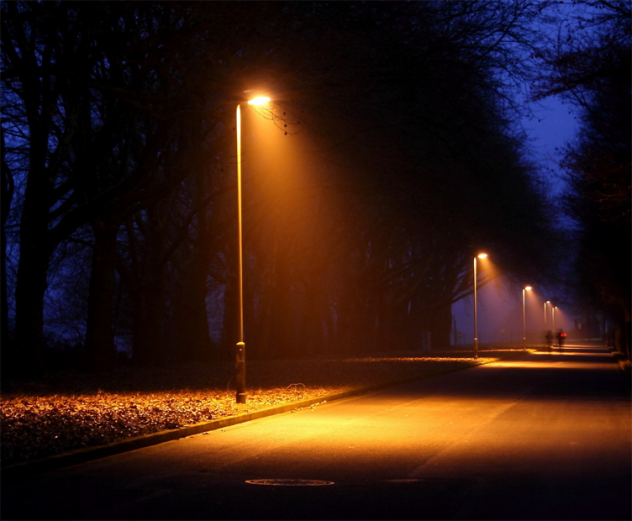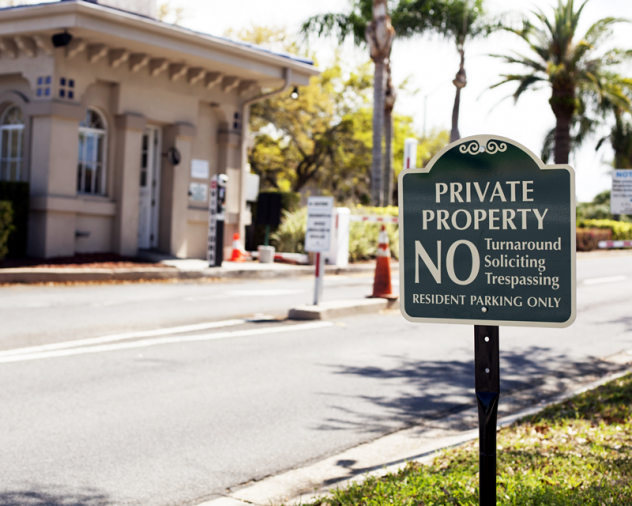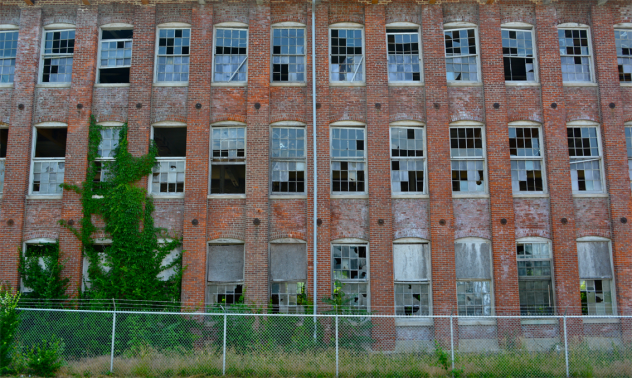Every quarter it is recommended to perform a safety audit of your property. What exactly that means can change depending on who you talk to. We have covered it before in some of the previous posts, but having an understanding of Crime Prevention Through Environmental Design (CPTED), can be a great resource for performing a safety audit.

Let’s start with Natural Surveillance. The goal of Natural Surveillance is to keep intruders observed. This means that you will want to trim bushes, hedges, and trees so you are not obstructing sightlines and not providing a place for anyone to hide. This also means that you need to check the lights on your property. Dark areas of your property will allow for many hiding places for criminals to potentially lurk.

Many properties today use something called access controls. This refers to automated entry systems usually accessed with a key fob, access card, or pin number. While these are great steps towards property safety, even if you do not have an access control system, you can employ the next principle of CPTED, Natural Access Control. Installing some landscaping to help direct foot traffic to a more controlled and visible area is a form of Natural Access Control. A lot of times a shortcut off property might already be established. Consider repairing the path and directing residents to the proper walkways.

Chances are you have a fence surrounding the property. This is an example of Natural Territorial Reinforcement. Basically, this is referring to a clear boundary between public and private space. An easy way to implement some natural territorial reinforcement is to utilize signage, especially signs stating there is security/surveillance present. If you have existing signs that have seen better days, replacing and/or repairing those is a great first step. The goal here is for your residents and employees to gain a sense of ownership of the space while putting intruders on the defensive.

Lastly, the easiest way to decrease crime is through good old-fashioned maintenance. If a property looks well maintained, criminals are less inclined to loiter and cause problems. The simplest thing to do is to remove litter. Litter, graffiti, and even things like broken windows, are all examples of signal crimes. These things are signaling to everyone that the property is not looked after and no one cares about what happens in the area. An individual is more likely to engage in criminal activity if they think they can get away with it.
